Medical Industry
3D printing technology has revolutionized several industries and one of the most significant advancements has been made in the medical industry. 3D printing in the medical industry, also known as medical 3D printing, has been a game changer in creating complex structures, prosthetics, and implants.
Medical 3D printing is the process of creating three-dimensional objects or models using digital images, such as computed tomography (CT) or magnetic resonance imaging (MRI) scans. These images are then converted into digital 3D models using specialized software. These digital models can be printed into physical objects using a 3D printer.
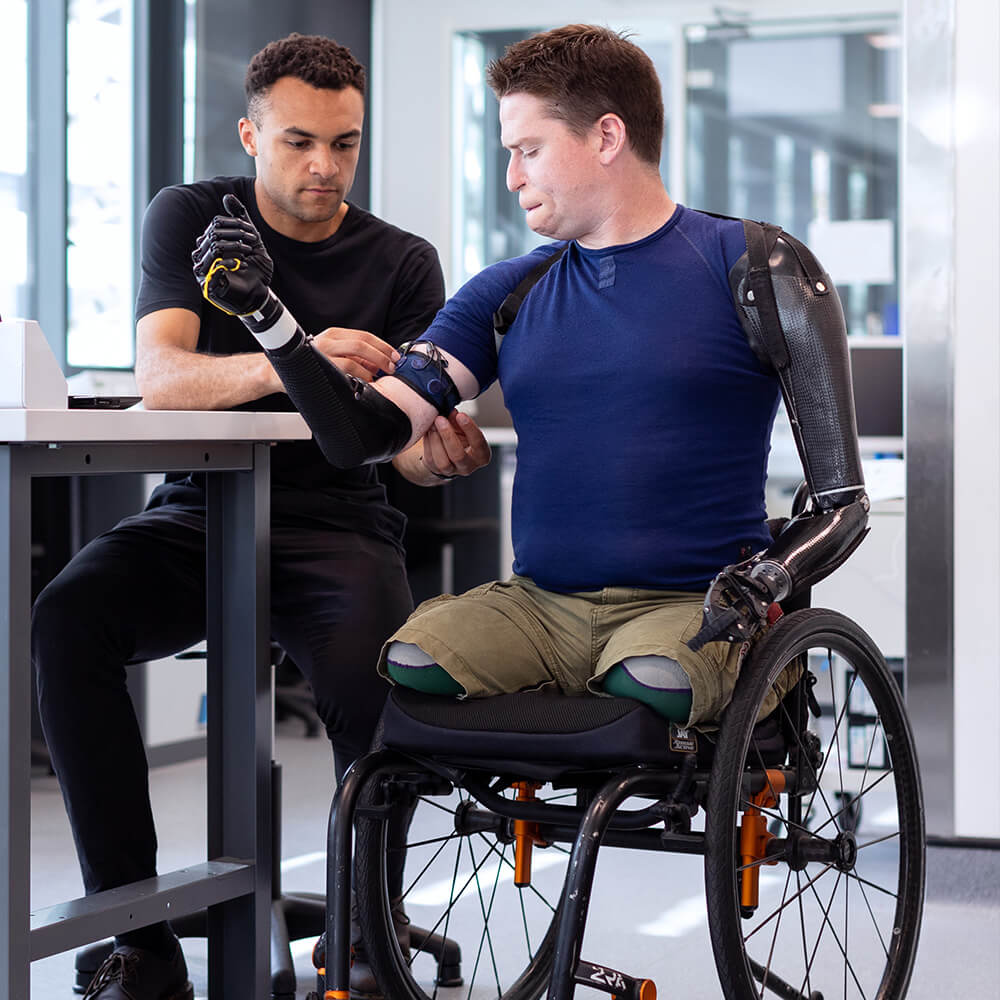
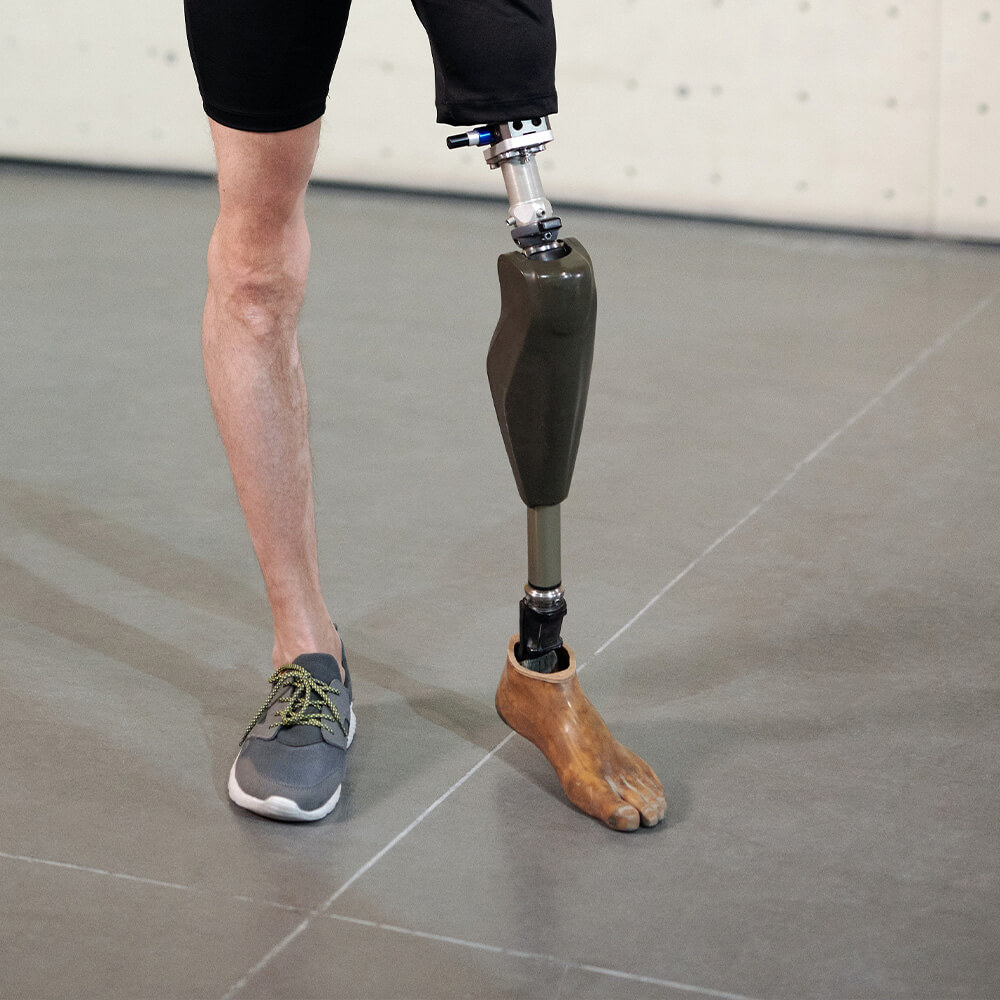
One of the primary applications of 3D printing in medical industry is creating prosthetics. In the past, prosthetics were often uncomfortable and ill-fitting, but 3D printing has changed this. 3D printing allows for the creation of custom-made prosthetics that fit the patient’s body perfectly. This makes the prosthetics more comfortable, easier to use, and more effective.
Another important use of 3D printing in medical industry is in creating implants. Traditional implants are often made of metal or plastic, which can cause complications such as infections, rejections, or reactions. However, 3D printing allows for the creation of implants made from biocompatible materials, such as titanium or ceramics. These materials are safer and more effective, leading to better outcomes for patients.
In addition, 3D printing can be used to create complex structures such as bones and organs. For example, researchers have successfully printed a functioning kidney using 3D printing technology. This breakthrough could potentially change the landscape of organ transplantation and save many lives in the future.
3D printing in medical industry also enables surgeons to create models of the patient’s organs, which they can use to plan complex surgeries. These models allow for a better understanding of the patient’s anatomy and can help the surgeon identify potential complications before the surgery.


Moreover, 3D printing in medical industry has the potential to significantly reduce costs. For example, in traditional manufacturing, creating custom-made implants or prosthetics can be expensive and time-consuming. However, with 3D printing, the process is faster and more efficient, reducing costs for both patients and healthcare providers.
There are also significant benefits of 3D printing in medical industry for medical education and research. Medical students can use 3D printed models to learn anatomy and surgical procedures. These models allow for a more hands-on learning experience, which can improve the students’ understanding and retention of the material.
Furthermore, 3D printing can be used to create models for medical research. For example, researchers can use 3D printed models to study the effects of different treatments or to test new drugs. This can help accelerate the development of new treatments and therapies.
Despite all the benefits of 3D printing in medical industry, there are also some challenges that need to be addressed. One of the major challenges is ensuring the safety and effectiveness of 3D printed products. Medical 3D printing is a relatively new technology, and there is still much research to be done to ensure that 3D printed products are safe and effective for patients.

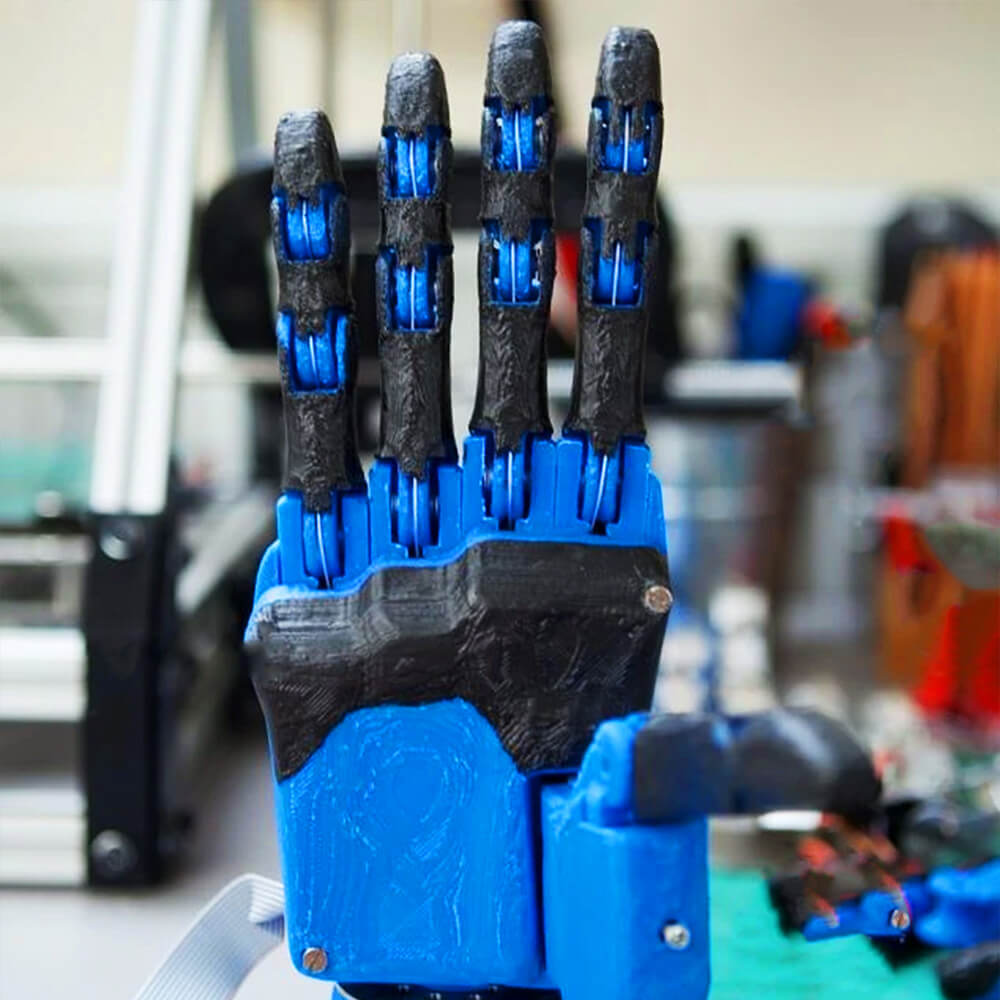
Another challenge is ensuring that 3D printed products are produced at a consistent quality. In traditional manufacturing, quality control measures are in place to ensure that each product is of the same quality. However, with 3D printing, each product may be slightly different, making it challenging to ensure consistent quality.
3D printing in medical industry has revolutionized the way medical devices, prosthetics, implants, and even organs are created. With its potential to improve patient outcomes, reduce costs, and advance medical research, medical 3D printing is an exciting and rapidly evolving field. While there are challenges to be addressed, the potential benefits of 3D printing in medical industry are immense, and the technology is already making a significant impact in healthcare. As the technology continues to advance, we can expect to see even more innovative uses of 3D printing in the medical industry.
For example, 3D printing technology could be used to create personalized medicine. Researchers are exploring the use of 3D printing to create customized medication, where the dosage and type of medication can be tailored to an individual patient’s needs. This could potentially improve the efficacy of drugs and reduce the risk of side effects.
Another area where 3D printing technology could have a significant impact is in the field of dentistry. 3D printing can be used to create custom-made dental implants and dentures that fit perfectly into the patient’s mouth. This can improve the patient’s comfort and oral health and reduce the risk of complications such as infections or dislodging.
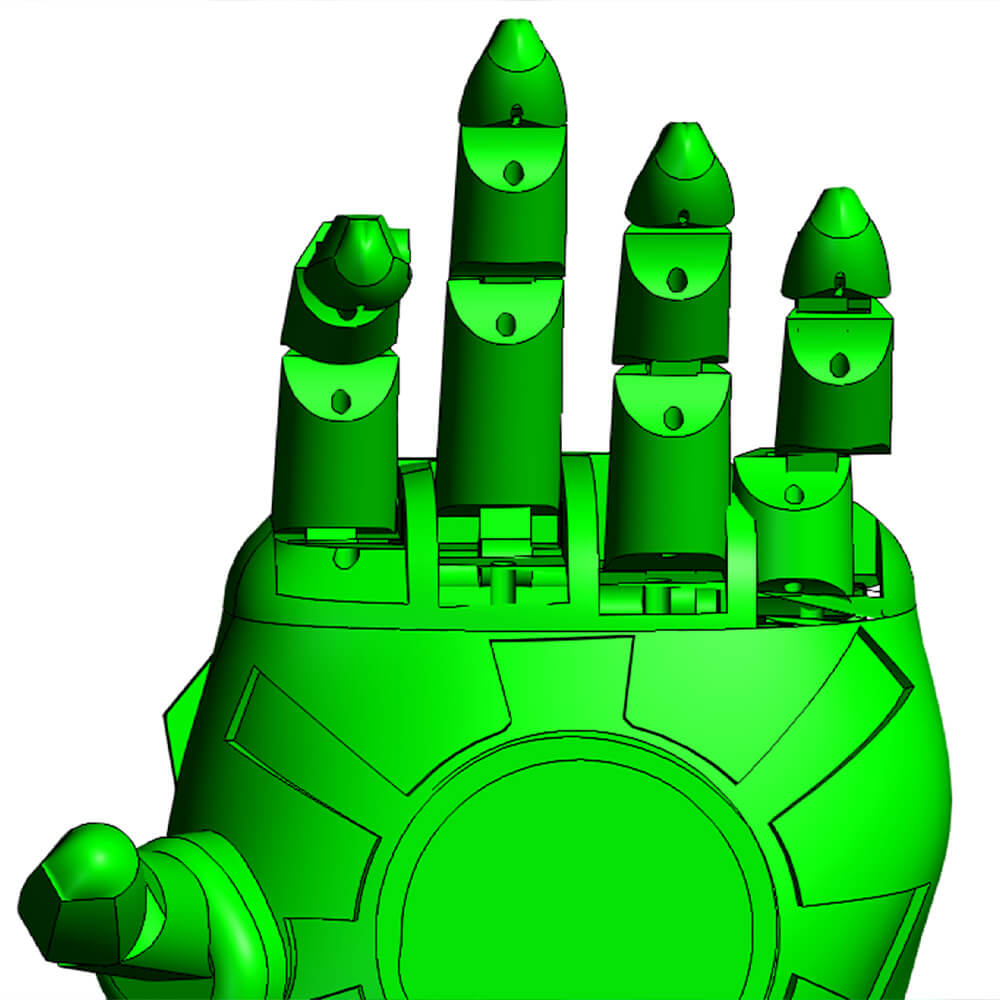
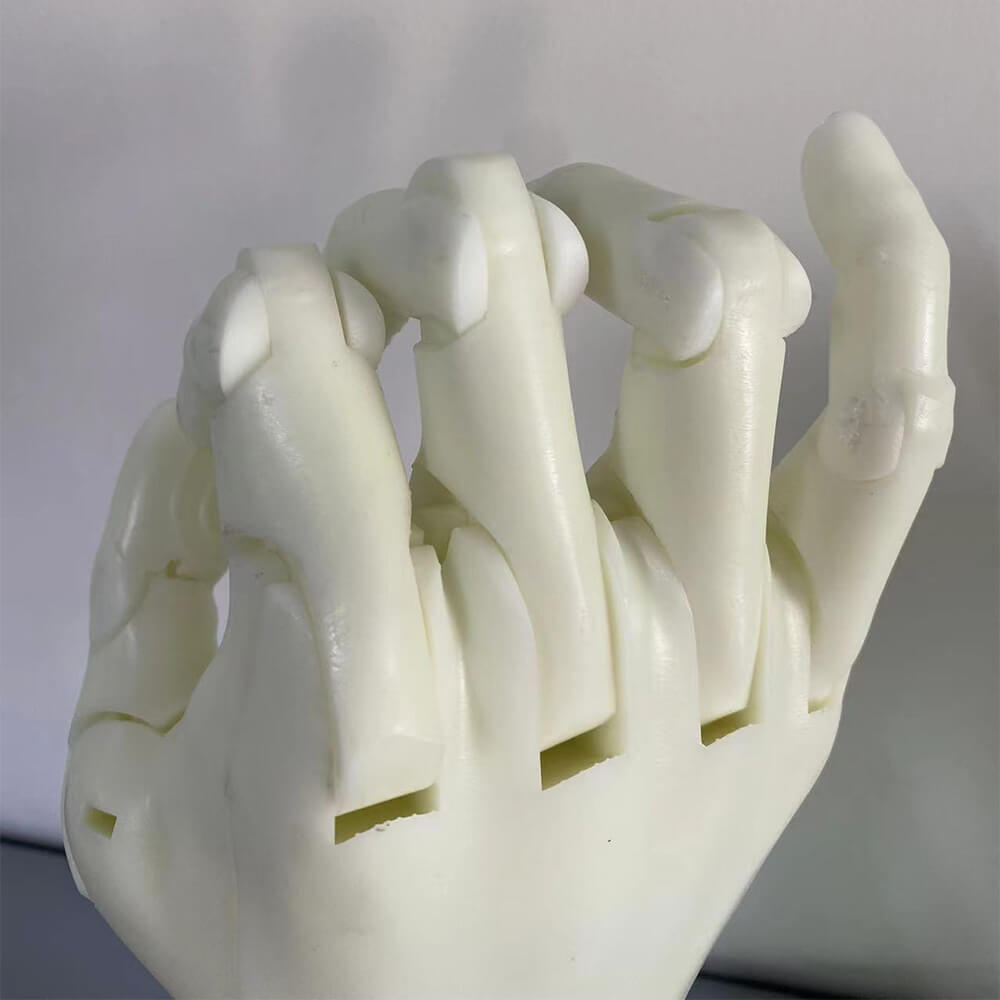
3D printing technology could be used to create surgical tools and instruments that are specifically designed for individual patients. This could improve the accuracy and precision of surgeries, reduce the risk of complications, and improve patient outcomes.
Overall, 3D printing in the medical industry has the potential to transform healthcare as we know it. With its ability to create custom-made medical devices, prosthetics, implants, and even organs, 3D printing is poised to become a critical tool in improving patient outcomes and reducing healthcare costs. While there are still challenges to be addressed, the potential benefits of medical 3D printing are too significant to ignore.

